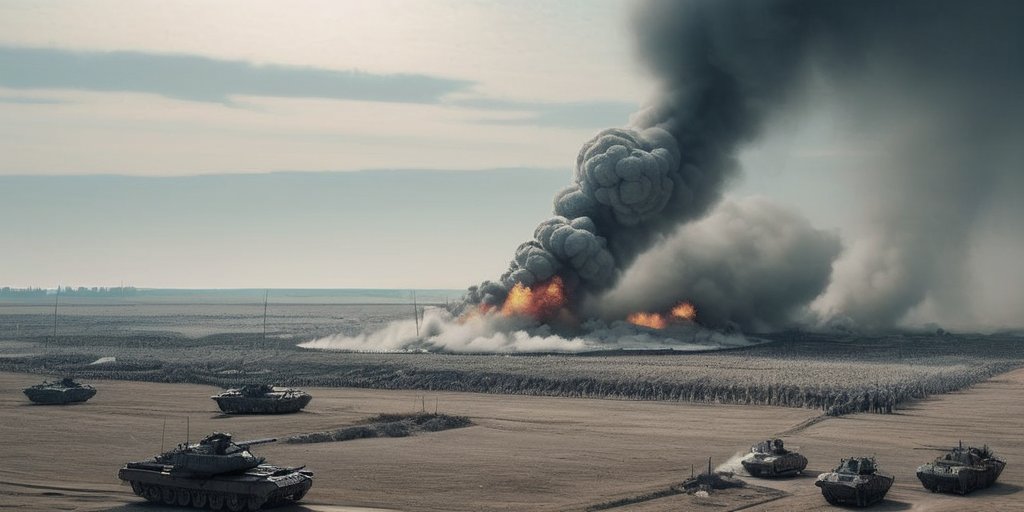In recent news, President Donald Trump has been vocal about his claims that Iran’s nuclear program has been “obliterated,” an assertion made during a press conference at the NATO summit. This bold declaration appears to be a strategic move to enhance his strongman persona, a narrative he has cultivated during his presidency. It centers around the idea of infallibility in leadership, often dismissing any contradicting information as unwelcomed.
However, there’s more at stake here than just a political narrative. Evidence suggesting that Iran still possesses nuclear capabilities would inevitably lead to pressing questions surrounding potential military action. The implications of such a decision would be vast, possibly igniting a prolonged conflict that both Trump and his supporters would want to avoid.
Recent assessments, including one from the Defense Intelligence Agency, indicate that the United States bombing operations may not have achieved the desired outcome, with critical components of Iran’s nuclear program potentially intact. Trump, in response, has presented a fervent image of success, insisting that the mission was a decisive victory, labeling it as “obliteration” of Iran’s nuclear facilities.
Defense Secretary Pete Hegseth took to attacking media outlets that reported more cautious assessments, asserting that these sources were undermining the fundamental success of the military operations and the morale of the troops involved.
Despite reports from Israeli military officials claiming systemic damage to Iran’s nuclear capabilities, the evidence does not fully align with the president’s sweeping declarations of total destruction. Trump’s latest tactics seem to parallel his previous approach regarding election fraud claims, illustrating a troubling trend towards narratives built on shaky foundations of evidence.
The hyper-emotional response from the administration signals a defensive posture, which raises questions about transparency. A more measured response could have mitigated the skepticism surrounding the outcomes of the military actions. Instead, the government has found itself embroiled in controversy, overshadowing significant accomplishments, including commitments made by NATO allies to increase their defense spending.
The administration’s insistence on the effectiveness of the recent airstrikes seems to sidestep the critical intelligence assessments that could take months to verify accurately. If evidence later arises that the nuclear program remains operational or that key elements have been concealed, Trump faces a political crisis, both domestically and internationally, which could ultimately fracture his support base.
As tensions mount, and uncertainties regarding Iran’s nuclear ambitions linger, Trump’s strategy of creating his own reality through bold proclamations may backfire. The potential for future military operations against Iran could create an undesirable and prolonged conflict in the Middle East, directly challenging Trump’s “America First” approach that emphasizes military restraint.
Looking ahead, diplomatic efforts with Iran are crucial, but they hinge on a complex interplay of regional politics and the immediate fallout from military actions. Trump has signaled interest in engaging in negotiations, indicating a willingness to pursue comprehensive peace agreements beyond just nuclear discussions.
Despite these overtures, the unpredictable nature of Iranian politics leaves much uncertainty. The possibility that Iran might further entrench its nuclear ambitions as a response to conflict cannot be dismissed. This complex scenario places Trump’s administration in a precarious position that demands careful navigation, lest it repeat the tumultuous mistakes of prior interventions in Middle Eastern conflicts.
